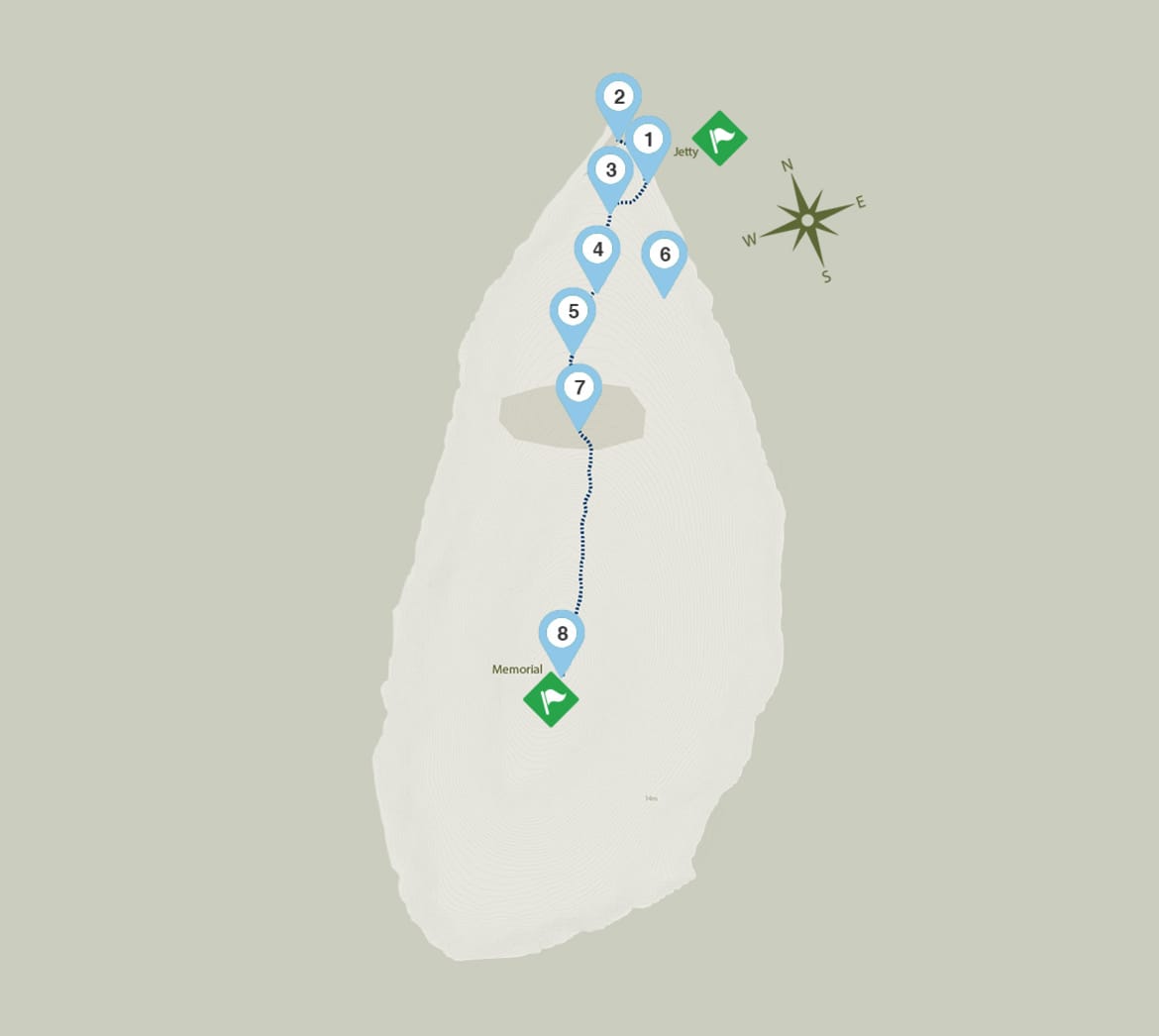About the Bar Island
Rich in Aboriginal and European history, this uninhabited island is well worth a visit. Among the historic sites are a cottage, church and cemetery, as well as Aboriginal middens. Enjoy the native flora and fauna, making sure to keep an eye out for the threatened glossy black cockatoo and whistling kites.


